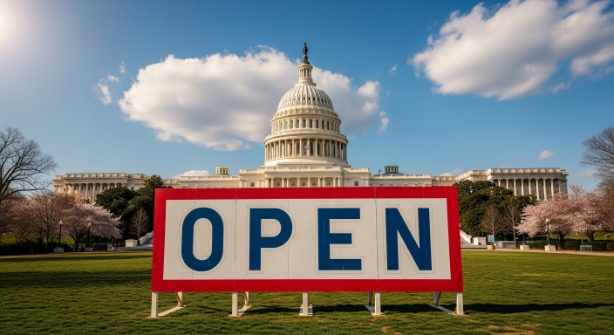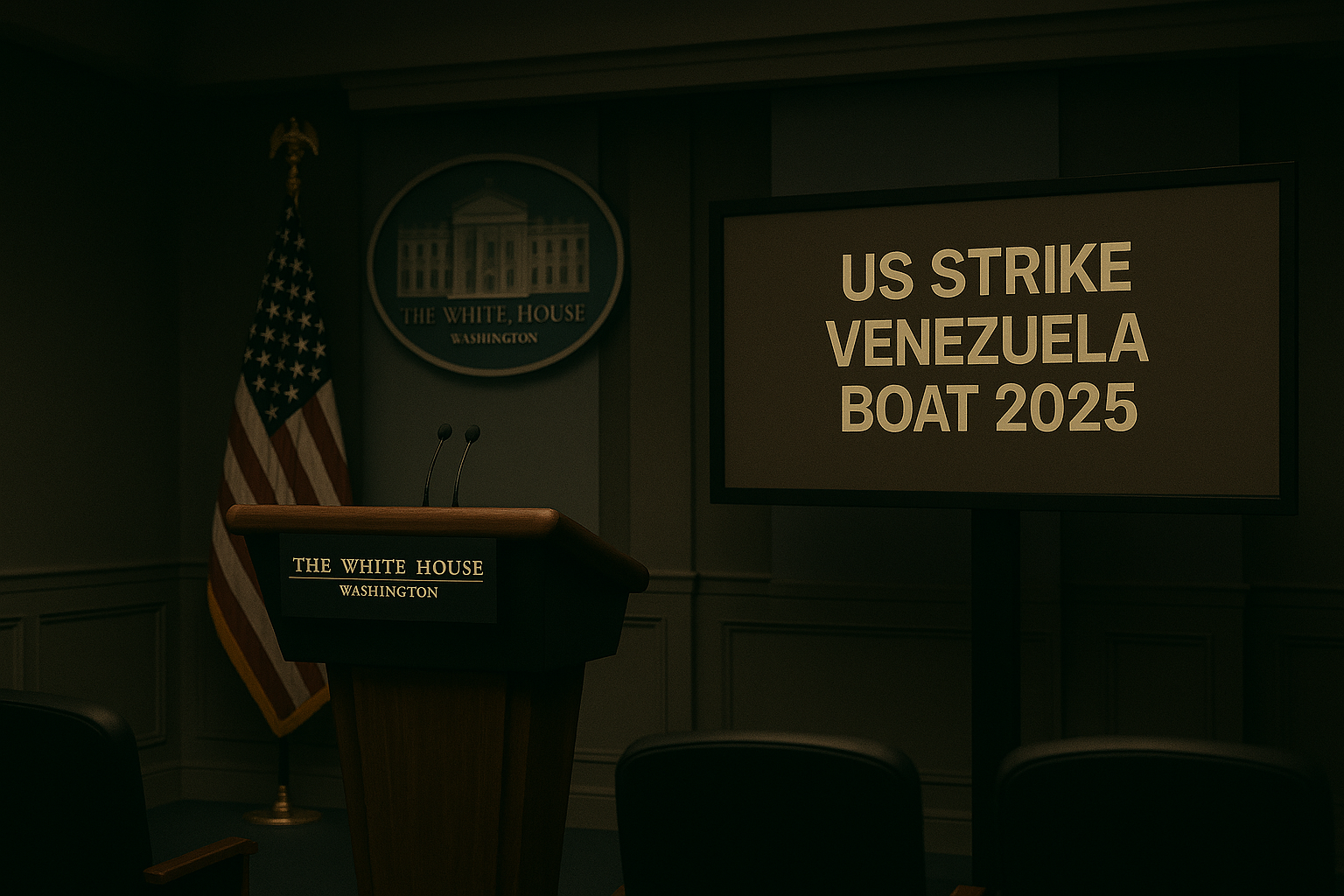The longest government shutdown in the nation’s history has finally come to an end after 35 agonizing days, as President Donald Trump signed a bill to temporarily reopen the federal government. The historic agreement brings immense, immediate relief to 800,000 federal workers who have gone without pay for over a month. However, the deal is only a three-week truce in the bitter fight over border wall funding, leaving the nation in a state of anxious uncertainty as the threat of another shutdown looms.
An Anxious Relief: 800,000 Federal Workers Finally Get Paid
For 35 days, hundreds of thousands of federal workers and their families have faced a mounting crisis. They missed two paychecks, struggled to pay mortgages and buy groceries, and some even turned to food banks for help. The end of the longest government shutdown means they can finally return to work and will receive back pay. While the relief is palpable, the financial and emotional toll of the past month has been immense, and the fear of it happening again in three weeks is very real.
A Political Surrender? No Wall Funding in the Deal
In a major concession, President Trump agreed to sign a bill that contains no new funding for his signature border wall. For weeks, Trump had insisted he would not sign any bill that didn’t include $5.7 billion for the wall. His decision to back down represents a significant political defeat, brought on by increasing pressure from his own party and the growing chaos caused by the shutdown, including massive delays at major airports.
The Scale of the Crisis: 35 Days of Gridlock
The longest government shutdown in U.S. history was a self-inflicted wound that had a cascading impact across the country. The 35-day stalemate was a period of intense political dysfunction and widespread public hardship.
- Duration: 35 days, shattering the previous record of 21 days.
- The Human Cost: 800,000 federal workers went without pay.
- The Sticking Point: President Trump’s demand for $5.7 billion in border wall funding.
- The Resolution: A three-week stopgap agreement to fund the government while a bipartisan committee negotiates border security.
- The Lingering Threat: Trump has threatened to shut the government down again or declare a national emergency if he is not satisfied with the committee’s deal.
Kicking the Can Down a Very Short Road
The deal signed by Trump signs the bill is not a permanent solution; it’s a temporary ceasefire. The agreement establishes a bipartisan group of lawmakers who have just three weeks to try and hammer out a border security compromise that both parties and the President can accept. This sets up another high-stakes deadline in mid-February. The fundamental disagreement that caused the shutdown has not been resolved, only postponed.
“We Have No Choice”: Trump’s Reluctant Agreement
In his announcement, President Trump framed the agreement not as a retreat, but as a necessary step to help the federal workers who were suffering. “We have reached a deal to end the shutdown and reopen the federal government,” he said, adding, “This was in no way a concession.” However, his immediate threat to shut the government down again if Congress doesn’t give him a “fair deal” shows that the core conflict is far from over.
Conclusion
The end of the longest government shutdown is a moment of profound, yet anxious, relief for the entire country. The 35-day crisis inflicted real pain on hundreds of thousands of families and exposed the deep, bitter divisions in our politics. While federal workers can finally breathe a sigh of relief, the nation holds its breath. The three-week truce is a fragile one, and the unresolved battle over border wall funding means this historic, painful shutdown may only be the prelude to another crisis just down the road.






